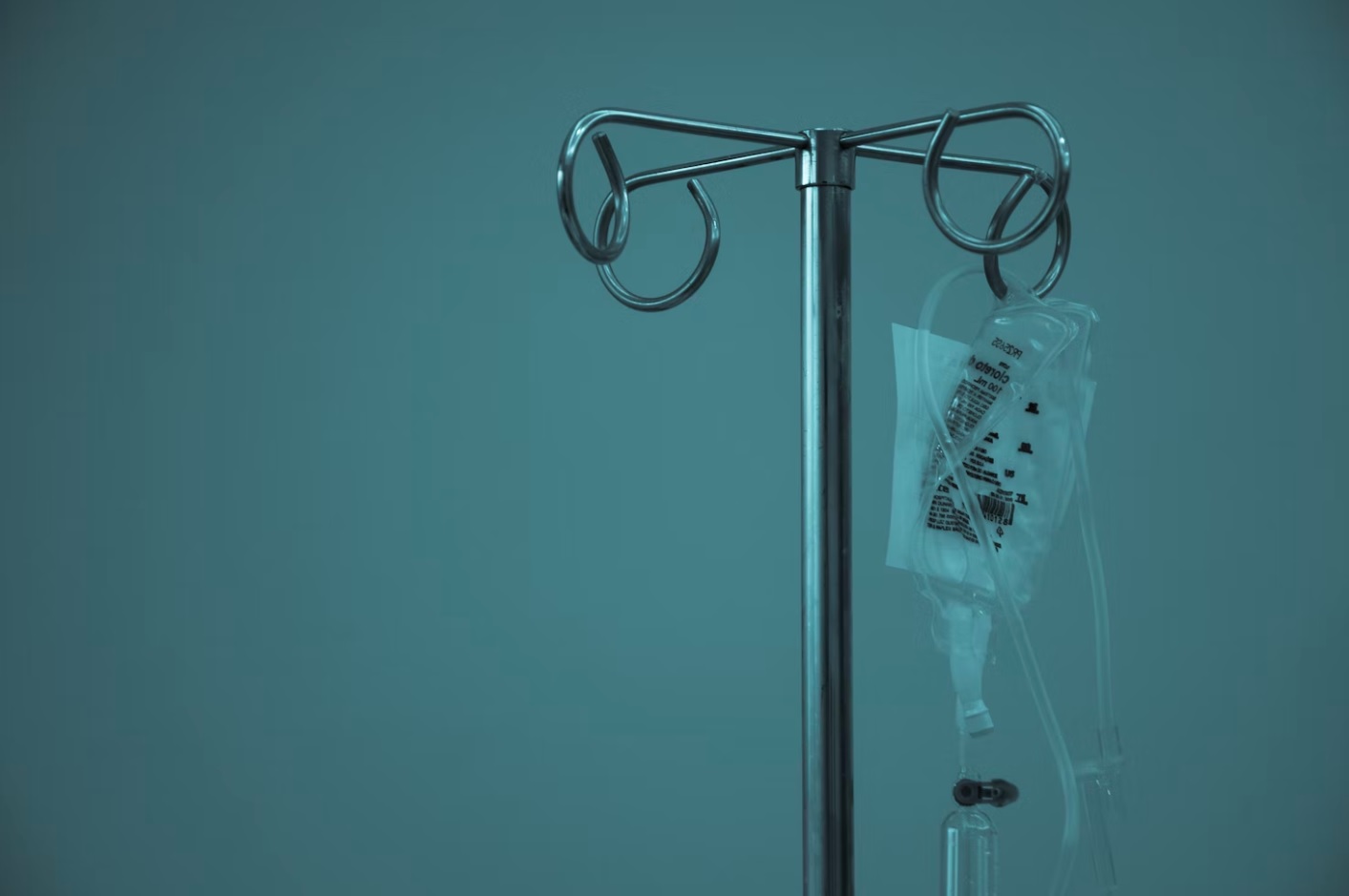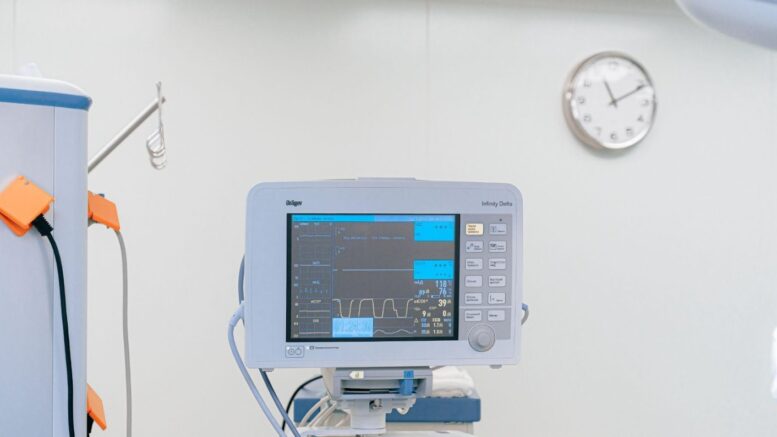Every second is crucial in the hectic, fast-paced Emergency Room (ER) medicine world. Responders to medical emergencies bear the weighty responsibility of potentially life-and-death decisions on their shoulders, and as such, they need a reliable toolkit.
According to a report by the National Institutes of Health, the annual ER visits in the U.S. surpass 131 million. This vast number reinforces the indispensability of efficient, timely, and quality care in ERs.
The following article will explore the essentials ER responders should have, shedding light on the nine things necessary for catering to medical emergencies.
Airway Management Devices
Maintaining a patient’s airway is a top priority for ER responders. Therefore, devices for airway management, like endotracheal tubes and laryngoscopes, are indispensable in the ER. Endotracheal tubes establish a conduit to the lungs, ensuring oxygen supply and facilitating carbon dioxide removal.
Laryngoscopes assist in visualizing the windpipe, making the intubation process precise and safe. Together, these devices secure an open airway, preventing life-threatening situations. When time is of the essence, and every breath counts, these devices are ER responders’ vital allies.
Monitoring Devices: Keeping a Close Eye on Patient’s Vital Signs
In the fast-paced environment of an ER, continuous assessment of a patient’s condition is crucial. Monitoring devices provide ER responders with vital real-time information, allowing them to make informed decisions swiftly.
These devices monitor heart rate, oxygen saturation, and blood pressure. Their readings give responders insight into the patient’s physiological status, helping them evaluate the effectiveness of interventions and guide further treatment plans.
In recent times, technological advancements have elevated the performance of these devices. For instance, Mindray Medical Equipment offers a complete range of high-quality, reliable monitors that provide accurate, clear, and rapid readings.
Monitoring devices provide critical data, ensuring that responders react promptly and effectively to patient condition changes.
Medication and Intravenous (IV) Equipment
An ER responder is the gateway to immediate care for those in dire need. Readiness is the key, and having an assortment of medications and IV equipment is crucial to that preparedness.
Every ER responder places high importance on quick response times. Immediate access to a wide range of medications ensures rapid treatment. The drug inventory should cover many scenarios, from lifesaving antidotes to simple analgesics.
Additionally, having reliable and diverse IV equipment is necessary for any ER department. IV pumps or infusion sets, along with different types of syringes and needles, is crucial for any emergency that requires an IV infusion.

This equipment facilitates directly administering medications, fluids, or nutrition into a patient’s bloodstream. Their use ranges from rehydration therapy to blood transfusions.
Bandages and Dressings
Bandages and dressings keep wounds clean, support healing, and mitigate further damage. Consequently, as ER responders, you should have various supplies for various injuries. The versatility of your kit depends on the types of bandages and dressings it contains.
Therefore, ensure you include the following:
- Adhesive bandages: Excellent for minor cuts and scrapes.
- Elastic bandages: Useful for providing support to sprained or strained limbs.
- Large compress dressings: They are indispensable for severe wounds, which help control bleeding and protect the injury.
In addition, the ER responders must have sterile gauze pads for wound cover and adhesive tape for securing these pads. A handful of butterfly bandages wouldn’t go amiss either; they’re invaluable for holding the edges of a deep cut together, promoting quicker, neater healing.
Surgical Instruments and Kits
ER responders have a demanding role. Their prompt actions during medical emergencies can make all the difference. Surgical instruments and kits undeniably, form an integral part of their toolkit.
These instruments are designed for precise tasks. Scalpels, scissors, forceps, and more all serve a unique function. Their availability aids in conducting minor surgeries or procedures in the ER department.
On the other hand, surgical kits offer a prepared package of these tools. They’re ready to use, saving critical time in emergencies. These kits might include suture materials, dressings, and wound care items.
The combination of surgical instruments and kits, thus, ensures ER responders are equipped for diverse situations. Having these vital tools close at hand reinforces their ability to provide quick, competent care during medical emergencies.
Fracture Immobilization Devices
In injuries involving fractures, fracture immobilization devices, like splints and casts, become an ER responder’s trusty allies.
These devices stabilize broken bones, reduce pain, and prevent further injury. For example, splints are often the first line of treatment. They offer temporary support, reducing movement and providing comfort.
On the other hand, casts are usually applied later in a more controlled environment. They provide sturdier support for longer-term healing. Moreover, traction devices could be necessary for specific fracture types. They align bones by applying a steady pulling action.
Automated External Defibrillators (AEDs)
Heart-related emergencies require an immediate and correct response. That’s where automated external defibrillators (AEDs) are crucial in ER settings.
AEDs are designed to analyze heart rhythms and deliver an electric shock if necessary. They can help restore a normal rhythm in case of a sudden cardiac arrest, a situation where every second counts.
It’s not just the availability but the accessibility of AEDs that is vital. ER responders must have them within reach to react instantly to cardiac emergencies.
Moreover, the simplicity of their operation is an advantage. Although training is beneficial, AEDs can guide a user through the process with audio and visual prompts.
Personal Protective Equipment (PPE)
Personal Protective Equipment, commonly called PPE, ensures you don’t compromise safety while tending to the wounded or ill. A well-stocked PPE cache in your ER toolkit should ideally include the following:
- Gloves: An integral part of any toolkit. Choose non-latex gloves to avoid triggering allergic reactions.
- Masks: Disposable face masks provide a barrier, limiting the spread of respiratory droplets during close interaction.
- Eye Protection: Safety glasses or shields protect the eyes from splashes or debris.
By including these items in your PPE, you protect yourself and minimize the risk of cross-contamination, leading to safer, more effective first aid.
Stretchers, Wheelchairs, and Transport Equipment
Responding to medical emergencies often includes swiftly moving patients within the ER department. Thus, stretchers, wheelchairs, and other transport equipment are crucial in these high-pressure environments.
Stretchers are indispensable for transferring patients who cannot move independently. Their design allows ER responders to move patients safely, especially those in critical condition or with limited mobility.
Meanwhile, wheelchairs offer more autonomy to patients who can sit up but cannot walk. They provide a convenient way to navigate hospital corridors, especially for those with limited strength or stamina.
Conclusion
Emergency Room responders need a strong toolkit encompassing diverse medical equipment. Key essentials include monitoring devices, varied medications, IV equipment, and bandages. Other requirements are surgical kits, fracture immobilization devices, AEDs, and airway management devices.
Also, PPE and transport equipment like stretchers and wheelchairs are crucial. This comprehensive suite allows ER responders to provide efficient, high-quality emergency care.
